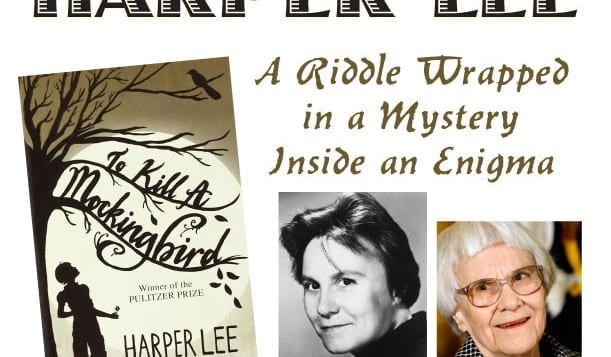With the Mount Sinai Elementary School’s new full-day kindergarten program, most students don’t want to miss school, even if they’re sick.
Since classes began six weeks ago, the school district’s kindergarten classes have learned to read, construct simple sentences, understand patterns and count when doing math. Six weeks ago, the majority of these students didn’t even know how to spell or identify “the” or “and” in a sentence.
Faculty and staff members, like Superintendent Gordon Brosdal and teacher Debra Santoro, who started teaching 10 years ago, said they thought the students would take longer to grasp the concepts the school teaches in the full-day program, but the shift from half-day to full-day Kindergarten has been successful, according to the school’s employees.
With the help of teachers like Santoro and the school’s new writing program, “Think, Draw, Write,” the kids aren’t only gaining confidence in their writing abilities, but are also using their creativity and applying what they learn to events in their life. During class, the kids have rug time, which is when the teacher devotes a certain amount of time teaching a lesson related to English language arts or math, among other subjects, at the front of the class. Students can then return to their desks and expand upon what they learned on the rug. Now, lessons are hands-on, allowing the kids to have a more positive outlook on learning.
“I think, in the past, we didn’t have it structured with mini lesson that’s presented in a few minutes to really grab their attention [and] convince [students] that they’re capable, and to build confidence,” Santoro said.
With the half-day kindergarten program, teachers only had 90 to 100 minutes of instruction time, as opposed to the scheduled 120 — walking from the bus to the classroom and taking off warmer clothing during the winter months took time out of the lesson. The new program gives students and teachers more time to learn and teach a lesson, Brosdal said.
“You don’t want to do it just because [the] parents both work and might need child care,” Brosdal said. “The reality is … when you look at the demands of the curriculum of ELA and math, you have to have time to learn it. When you’re rushing, it’s easy for some [children] to get left behind.”
The program also allows kids to get out of the classroom for special classes, like music, art and physical education, and learn the layout of the school and how to stay attentive despite the additional hours.
Initially, first grade teachers at the school spent the first four to six weeks teaching the kids how to get around the building as well as how to sit for a longer period of time — first grade used to be the first time former kindergarten students stayed in school for a full day.
According to Santoro, the key to preventing these students from fading as the day progresses is to keep them engaged.
Brosdal added that school officials intend to follow the progress of this group of kindergartners, especially when they enter third grade and complete their assessments for Common Core. Thus far, faculty, staff and students alike are excited about the program and the kids’ progress. Brosdal admitted he thought the change from half-day to full-day would be more difficult, but said that teachers sacrificing parts of their summer to prepare for the program by scheduling meetings with superintendents from school districts with full-day kindergarten, like Miller Place, was helpful.
“[With] new programs, sometimes you find that ‘oh you should have planned that or did that,’” Brosdal said. “[School] opened like we had [full-day kindergarten] for years.”

















